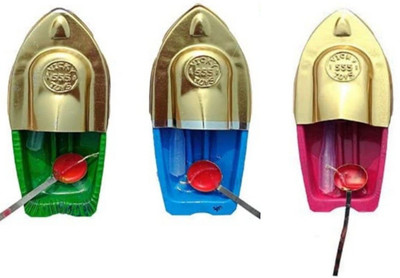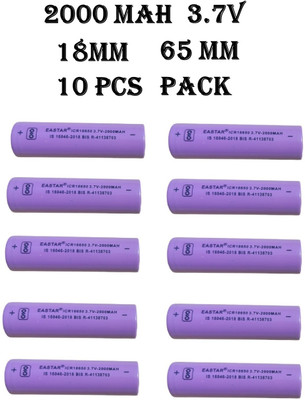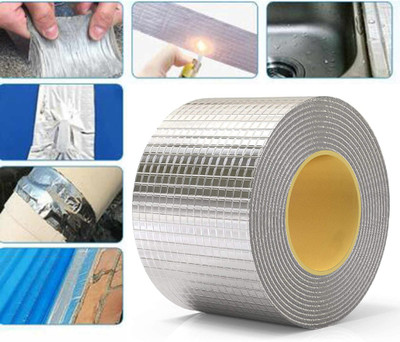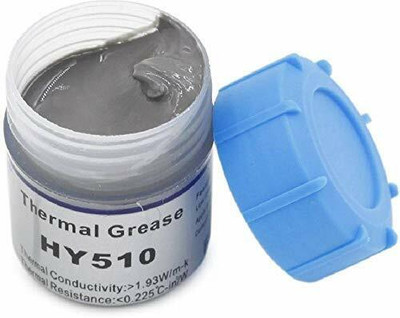
Global Sphere 900M-T-1.6D 0 W Temperature Controlled (Pointed Tip)
Price: Not Available
Currently Unavailable
Highlights
- Inclusions: NA
- Power Requirements: Corded, 0 W
- Temperature Controlled
- Tip: Pointed, Alloy
- Maximum Temperature: 0 degree C
- Pack of: 2
Description
Soldering is a process in which two or more items (usually metal) are joined together by melting and putting a filler metal (solder) into the joint, the filler metal having a lower melting point than the adjoining metal. Soldering differs from welding in that soldering does not involve melting the workpieces. In brazing, the filler metal melts at a higher temperature, but the workpiece metal does not melt. In the past, nearly all solders contained lead, but environmental and health concerns have increasingly dictated the use of lead-free alloys for electronics and plumbing purposes Soldering is used in plumbing, electronics, and metalwork from flashing to jewelry. Soldering provides reasonably permanent but reversible connections between copper pipes in plumbing systems as well as joints in sheet metal objects such as food cans, roof flashing, rain gutters, and automobile radiators. Jewelry components, machine tools, and some refrigeration and plumbing components are often assembled and repaired by the higher temperature silver soldering process. Small mechanical parts are often soldered or brazed as well. Soldering is also used to join lead came and copper foil in stained glass work. Electronic soldering connects electrical wiring and electronic components to printed circuit boards Soldering filler materials are available in many different alloys for differing applications. Some examples of soft-solder are tin-lead for general purposes, tin-zinc for joining aluminum, lead-silver for strength at higher than room temperature, cadmium-silver for strength at high temperatures, zinc-aluminum for aluminum and corrosion resistance, and tin-silver and tin-bismuth for electronics.
Read More
Specifications
Important Note
|
In The Box
| Sales Package |
|
| Pack of |
|
General
| Brand |
|
| Inclusions |
|
| Type |
|
| Model Number |
|
| Maximum Temperature |
|
| Net Quantity |
|
Tip Features
| Tip Material |
|
| Tip Shape |
|
Power Features
| Power Source |
|
| Power Consumption |
|
Be the first to ask about this product
Safe and Secure Payments.Easy returns.100% Authentic products.
Back to top






